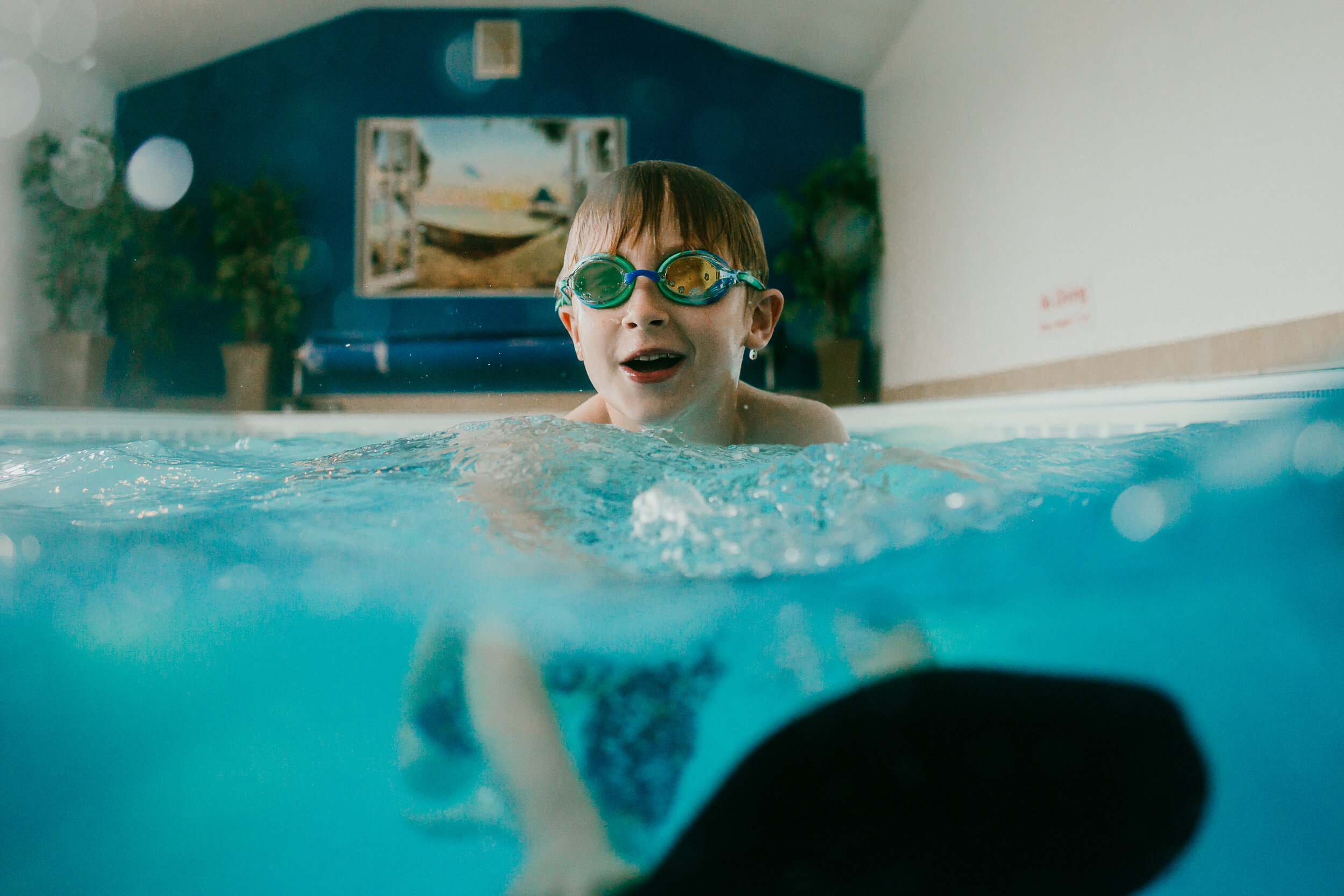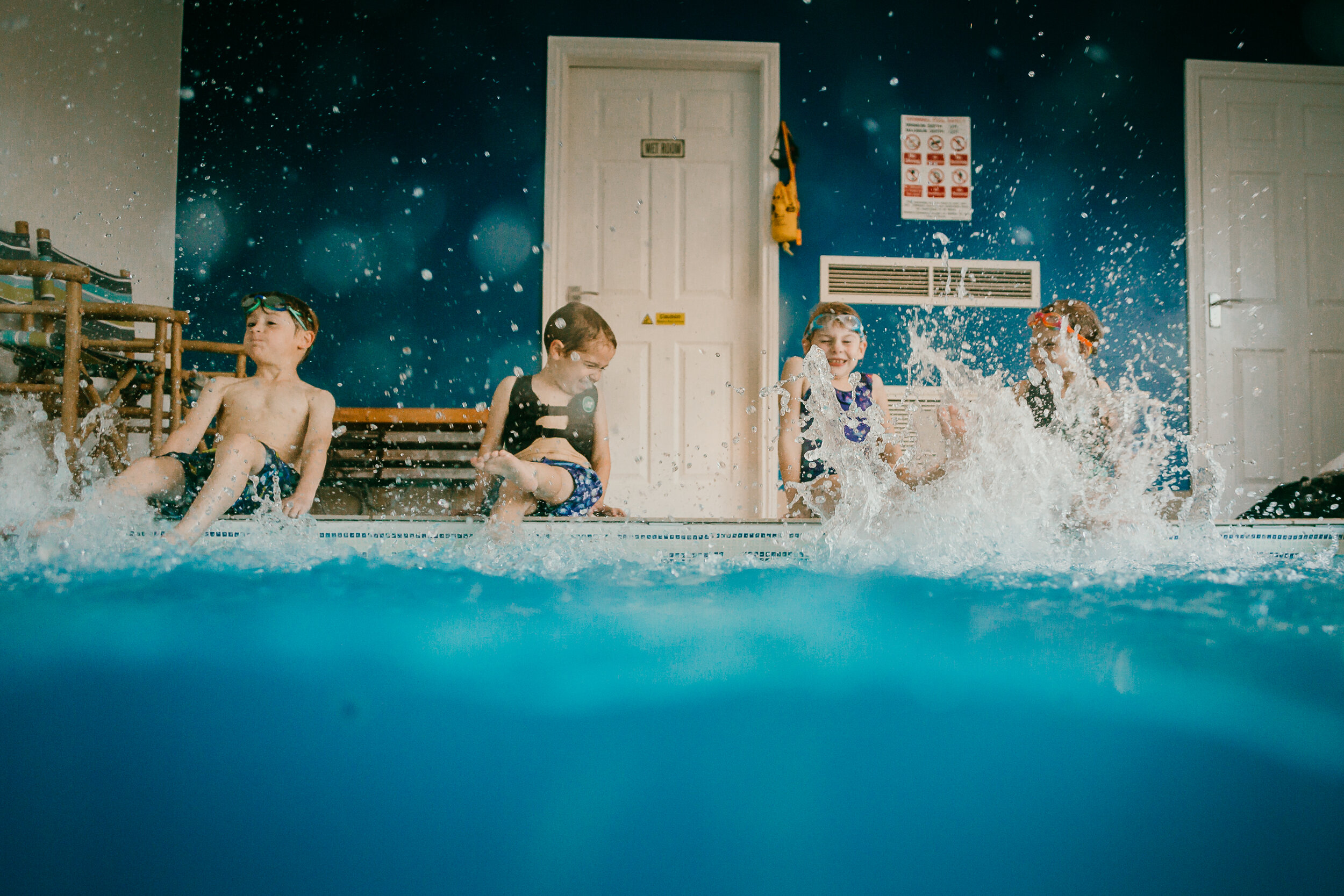Swimming, the Safe Exercise Choice for Children with a Heart Condition
Turtle Pack is a unique, progressional swimming aid that has been designed to help make learning to swim easier (Children aged 2- 7.)
As a company we passionately believe that swimming awareness and support should be discussed and written about. Research strongly advises the benefits of swimming for children with any medical conditions, it is highly beneficial especially for those with Heart Conditions. Both as parents and Swim professionals we have seen first-hand the benefits that swimming can have for not only a child’s confidence but also to help regulate a child’s body and give them the necessary life skills to deal with any potential aquatic emergencies that they may encounter.
Rachael “As a parent of a neurodivergent child with a heart condition, we enrolled Henry into a swim program with an approved Autism Swim specialist. This provides Henry with water therapy, drowning prevention and gentle exercise, which is beneficial to his heart condition and general health and progression to independent swimming.
The water therapy assists with Henry’s sensory processing; the vestibular feedback provided by the water has enabled Henry to focus on motor and language skills in a way that he is otherwise unable to do out of the water without support and intervention. Noticeably Henry is able to articulate himself verbally very well when he is in the water and is keen to repeat speech and practice it in context.
Henry has made significant progress and has demonstrated an ability to keep himself safe through practising the immediate actions on falling into the water and has shown that he can call for help. In addition to this he understands what to do and is able to show safely that he can raise the alarm if someone else is in difficulty in the water; given where he is at with his communication skills generally this is an incredible achievement.”
Child Swimming with Hygienic Swim Float Cover
There is lots of evidence that children and young people benefit from being physically active. This applies to all children and young people, including those with a congenital heart condition.
Benefits for children and young people with a congenital heart condition
1. The heart is a muscle, and regular physical activity can improve the function of the heart and circulation.
2. It can help improve lung function and lung capacity.
3. Physical activity boosts the immune system and improves the feeling of well-being.
4. Children on medication especially those on an anticoagulant such as or Warfarin or Aspirin are at an increased risk of bruising or cutting themselves which can make some sports completely off limits and others can leave a parent feeling anxious over any potential bumps, trips or falls. Swimming provides a safe and positive environment for a child to participate in sport on an equal footing and develops confidence through participation and a place where they can be just like the other kids.
When they first start doing more physical activity, some children and young people with congenital heart conditions feel more tired, but with time stamina and energy levels improve.
It is finding the right advice and support that will help individuals, parents/caregivers have the confidence to support theirs and their child with their swimming experiences.
Steph “At the swim school I work for we teach a number of children with underlying heart conditions, some more obvious than others. As part of our enrolment criteria all potential clients are asked to fill out a medical history, if there is a condition that we are unfamiliar with we will always seek advice. We always discuss with an individual, and or their parent or carer the impact of a condition on a child and ask for specific signs in their child that they may be struggling in some way or may be fatigued so that we can bring this to the attention of the parents discreetly but immediately. If for whatever reason the pool temperature drops we always notify parents of cardiac children in advance so that they have the opportunity to either dress more warmly for the lesson or rearrange with us.
We have a number of very talented swimmers that have underlying heart conditions; sometimes they fatigue more easily than others but this can sometimes be mitigated. For example, one of our swimmers was doing brilliantly but suddenly started getting more and more tired (and frustrated at this) and after talking with the parents we identified that changes of routine at school had fed into this increased fatigue. We were able to move the child to a different session on a different day where they have less going on and they are continuing to thrive.
Some children or indeed parents can be worried about the questions that may come from scars being on show; to date I have only had one swimmer who has been questioned about it. It was a good learning opportunity for the children in the class who afterwards felt a greater level of respect after understanding for their peer.”
Children Enjoying Pool Time Fun



